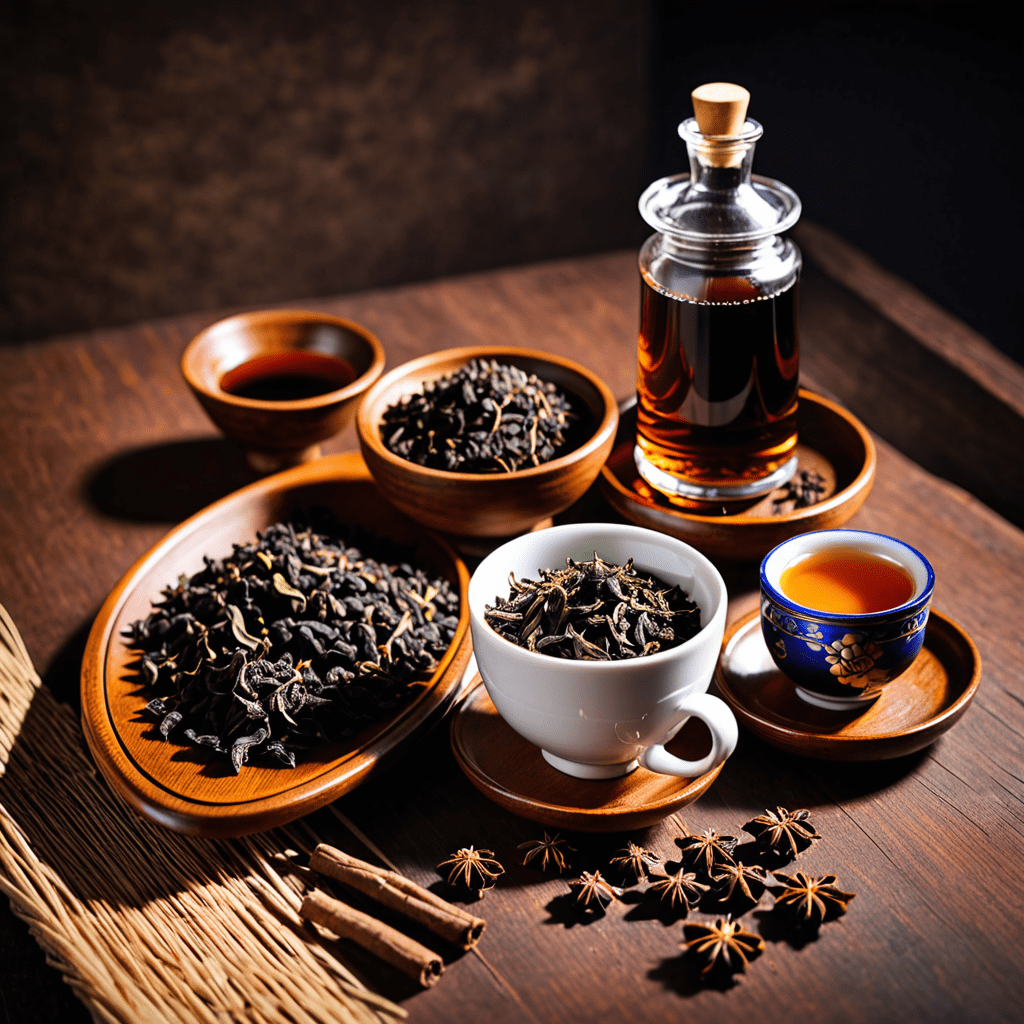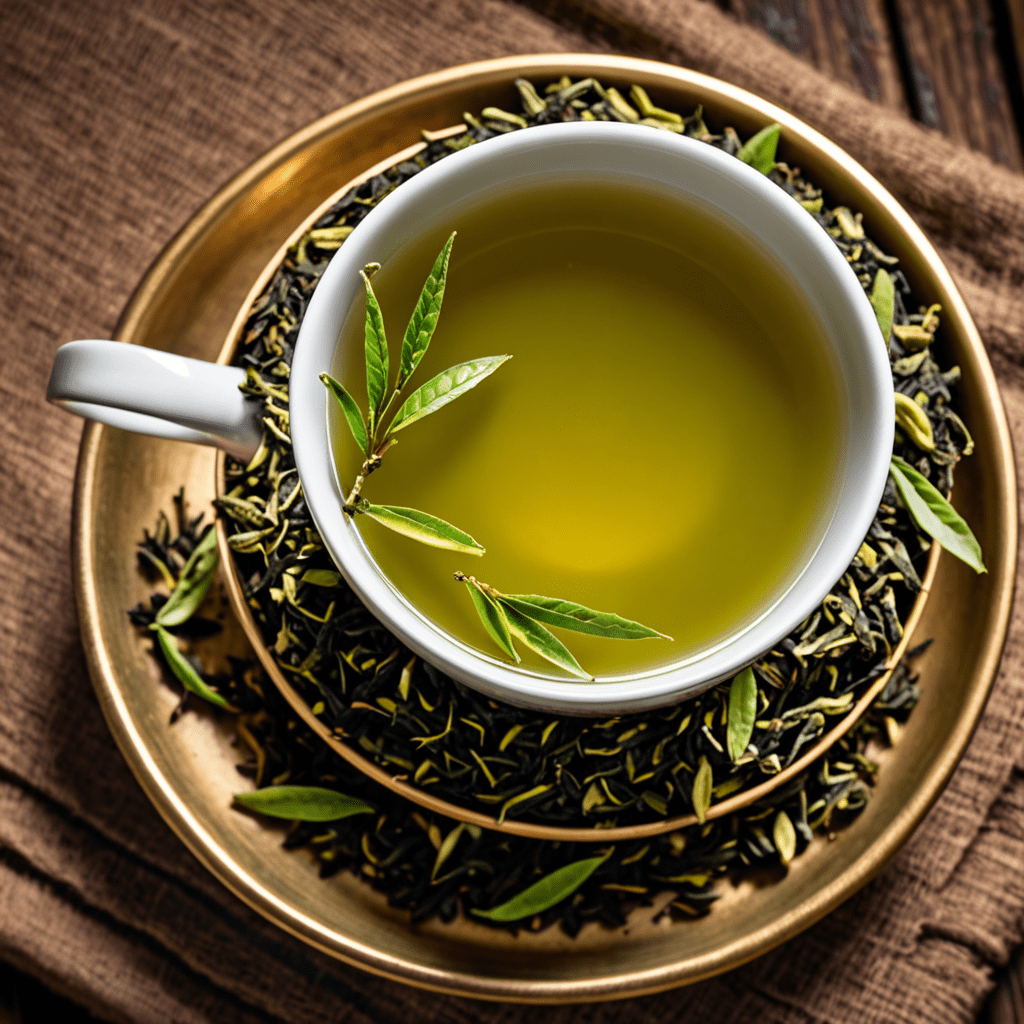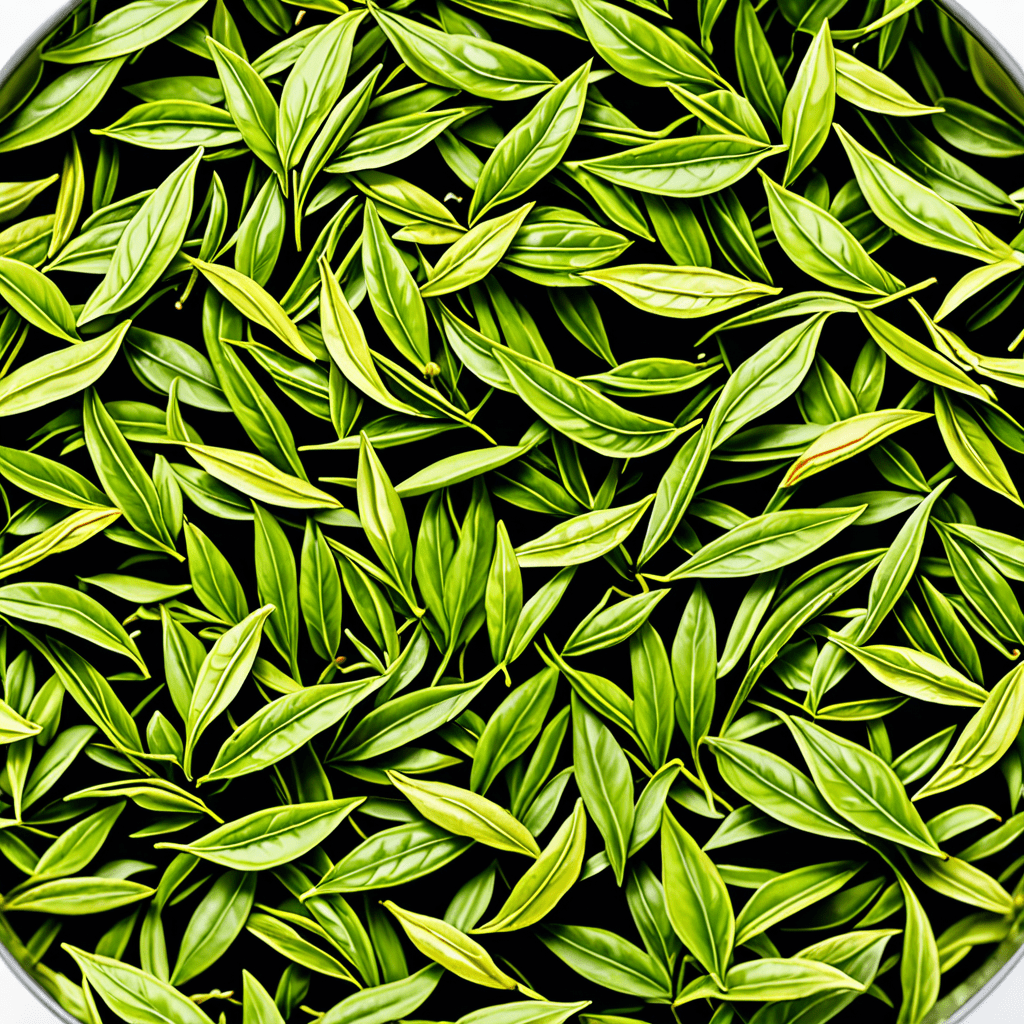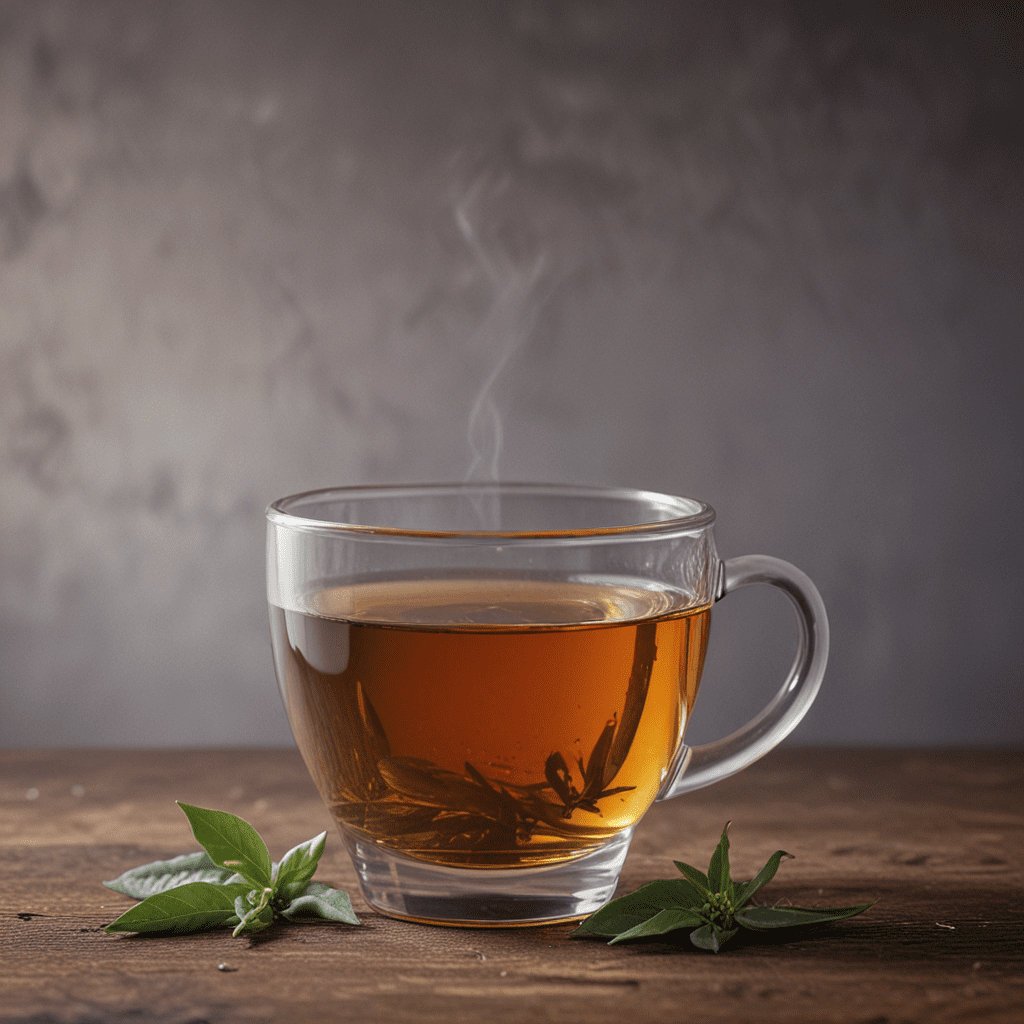
Pu-erh Tea: The Essence of Chinese Tea Traditions
The Rich Heritage of Pu-erh Tea
Pu-erh tea, a prized gem in the world of Chinese tea, holds a rich history dating back centuries. Originating from the Yunnan province in China, Pu-erh tea is deeply intertwined with Chinese tea traditions and culture. Its unique fermentation process and distinct flavor profiles set it apart from other types of tea.
Understanding Pu-erh Tea Varieties
Pu-erh tea is broadly categorized into two main types: raw (sheng) and ripe (shou) Pu-erh. Raw Pu-erh undergoes a natural aging process, while ripe Pu-erh goes through a deliberate fermentation method. Each type offers a different taste experience, with raw Pu-erh often showcasing a more vibrant and complex flavor compared to the earthy notes of ripe Pu-erh.
The Art of Brewing Pu-erh Tea
Brewing Pu-erh tea is an art form that requires attention to detail. To truly appreciate the flavors and aromas of Pu-erh, one must follow specific brewing techniques. From choosing the right water temperature to understanding the ideal steeping times, these factors play a crucial role in unlocking the full potential of Pu-erh tea.
Health Benefits of Pu-erh Tea
Beyond its exceptional taste, Pu-erh tea boasts a myriad of health benefits. Rich in antioxidants and packed with polyphenols, Pu-erh tea is believed to aid digestion, boost metabolism, and promote overall well-being. Its unique fermentation process also sets it apart as a probiotic-rich tea with potential gut health benefits.
Pu-erh Tea and Chinese Tea Ceremonies
In Chinese tea culture, Pu-erh tea holds a special place in traditional tea ceremonies. The act of brewing and serving Pu-erh tea is considered a form of art that embodies harmony, respect, and mindfulness. Through these ceremonies, tea enthusiasts can deepen their connection to the history and essence of Chinese tea traditions.
Exploring the Global Appeal of Pu-erh Tea
While deeply rooted in Chinese tea culture, Pu-erh tea has gained popularity worldwide in recent years. Tea connoisseurs across the globe are drawn to the complexity and depth of flavor that Pu-erh offers. Its unique aging process and health benefits continue to captivate tea lovers, making Pu-erh a beloved treasure in the world of tea.
Embracing Pu-erh Tea: A Journey of Taste and Tradition
Embark on a journey of taste and tradition with Pu-erh tea. Whether you are a seasoned tea enthusiast or a curious beginner, exploring the essence of Chinese tea traditions through Pu-erh tea is a rewarding experience. Indulge in the rich history, intricate flavors, and holistic benefits that Pu-erh tea has to offer, and savor each cup as a tribute to centuries of tea craftsmanship.
What is Pu-erh Tea?
Answer:
Pu-erh tea is a unique type of fermented tea that originates from the Yunnan province in China. It undergoes a special aging process, resulting in a complex flavor profile with earthy, smooth, and sometimes bold notes.
How is Pu-erh Tea Made?
Answer:
Pu-erh tea is made from the leaves of the Camellia sinensis plant. The leaves are withered, pan-fired, rolled, sun-dried, and then undergo microbial fermentation and aging. This fermentation process can range from months to decades, contributing to its distinct characteristics.
What are the Types of Pu-erh Tea?
Answer:
There are two main types of Pu-erh tea: raw (sheng) and ripe (shou). Raw Pu-erh is aged naturally, developing a vibrant and astringent taste over time. Ripe Pu-erh undergoes a faster fermentation process, resulting in a mellow, earthy flavor.
How is Pu-erh Tea Traditionally Enjoyed?
Answer:
In Chinese tea culture, Pu-erh tea is often steeped multiple times in a Yixing clay teapot or a gaiwan. It


